backwardsandinheels
Brilliant_Rock
- Joined
- Apr 6, 2011
- Messages
- 680
Thankds Diamondseeker and two little birds and Lady J is a cousin of mine I'm sure, the transition to new ideas and angles and cutting was incremental and experimental for sure. I'm just going to call it a late OEC for a quick description. I think your stone's flower looks like a poinsettia and mine is more like less petals and fatter ones. What kind of flower is that? Mine spoke to me too. I'm not a fan of splintery perfection in cut. I love a wonky pebble-y old mine cut in an original setting. Maybe in a pendant rather than an everyday ring though. 

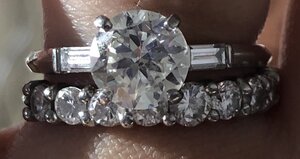
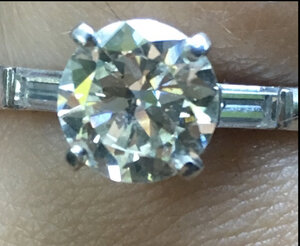
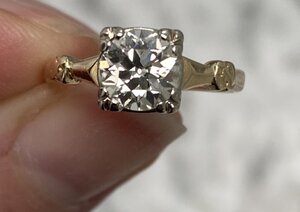
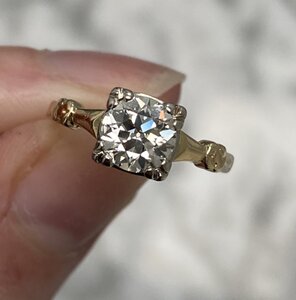
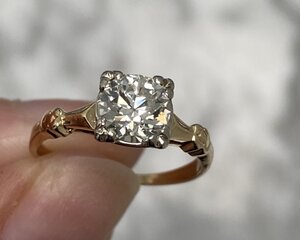
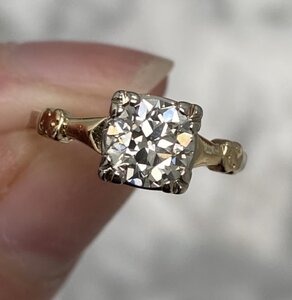
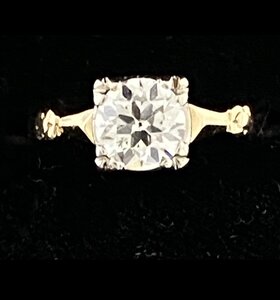
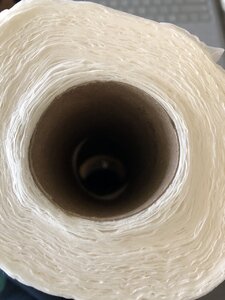
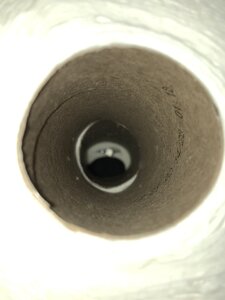
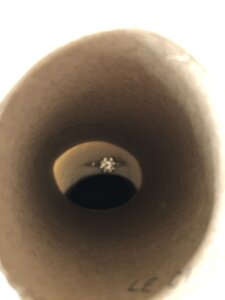


300x240.png)